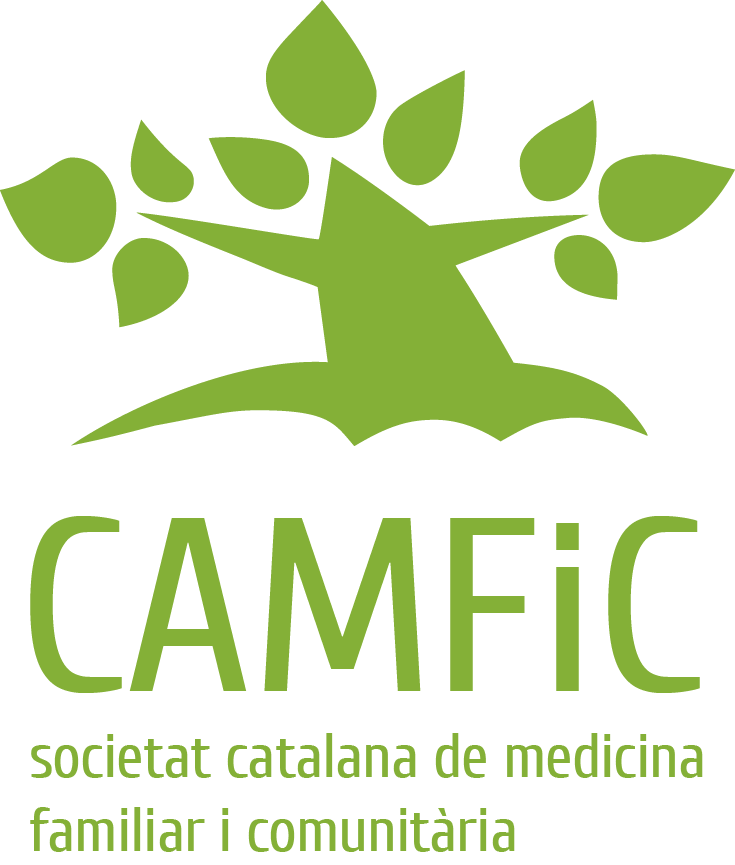SDL-PAND KPIs Model actual
Introduction
Row
Detected new cases model 2.11
Model 2.11 with a parametretrization for reinfection due to new BA,5 variant of about 100% (worse scenario). Data regarding the spread across data ranges can be reviewed at http://pand.sdlps.com/Pandemic-drivers.html (*From the version 2.10 of the model the forecast tries to find the current number of real cases and not a pesimistic scenario like previous models.)
Row
Information
This panel starts with the SDL-PAND project.
SDL-PAND aim is to become a Minimum Viable Digital Twin of the Catalonia pandemic situation to enhance the discussion based on models.
SDL-PAND: PANDEMIC SIMULATION TO TEST THE EFFECTIVENESS OF CONTAINMENT STRATEGIES THROUGH CELLULAR AUTOMATA AND INTELLIGENT AGENTS USING FORMAL LANGUAGES |
With the collaboration of:
|
All Catalunya
Row Row
New cases
The simulation model allows to have a forecast of the evolution of the pandemic. It is corrected based on the actual data of the evolution of the pandemic. The current model is model 2.10. The R is calculated with the EpiEstim package of the statistical language “R”.
R value (Digital Shadow)
Accumulated curve (Digital Shadow)
Row
KPI details
C3: 3 days moving average; C7: 7 days moving average; C14: 14 days moving average. C7 and C14 are more stable than C3, picking up trend variations in full week. Especially C3 has bias, an increase (very unstable) may represent a quick warning of possible worsening. Calculated for 100,000 inhabitants.
Effective growth. Digital Shadow
Detected cases.
Incidence. Digital Shadow.
Detected cases.
Effective growth. Digital Twin
True cases.
Incidence. Digital Twin.
True cases.
Row
Last day of system update
2025-11-17New cases from the last day. Digital Shadow.
317Total number of cases (detected, with reinfections). Digital Shadow.
3929206Last day of system executed.
2025-11-26Actual number of cases (estimated, not considering reinfections). Digital Twin.
7473330Actual number of cases at the end of the wave (estimated, not considering reinfections). Digital Twin.
7473330Row
Infections
Health system incidence
Row
Hospitalizations
Hospitalizations.
Row
UCIs
Critical hospitalizations.
Row
Exitus
Daily deaths.
Row
Vaccinations First dose
Daily vaccinations (first dose, cumulative)
Vaccinations Second dose
Daily vaccinations (second dose, cumulative)
Row
Vaccinations% First Dose
87.94Vaccinations% Second Dose
80.11Health regions
Catalonia Health Regions
The aim of modeling by health regions is not the forecast but the validation of the global forecast.
|
|
SDL-PAND: PANDEMIC SIMULATION TO TEST THE EFFECTIVENESS OF CONTAINMENT STRATEGIES THROUGH CELLULAR AUTOMATA AND INTELLIGENT AGENTS USING FORMAL LANGUAGES |
EDAR
Catalonia EDAR
The aim of modeling by EDAR is to perform a cross validation of the model previsions.
Row
Catalonia EDAR PUIGCERDÀ - DPUI
Row
Catalonia EDAR BESÒS - DBSS
Row
Catalonia EDAR GAVÀ/VILADECANS - DGVC
Row
Catalonia EDAR PRAT DE LLOBREGAT, EL - DPDL
Row
Catalonia EDAR FALSET - DFAL
Row
Catalonia EDAR REUS - DRUS
Row
Catalonia EDAR TARRAGONA - DTAR
Row
Catalonia EDAR 9
Edar IGUALADA - DIGU
Row
Catalonia EDAR MANRESA - DMAS
Row
Catalonia EDAR SOLSONA - DSOL
Row
Catalonia EDAR 12
Edar BANYOLES - DBAY
Row
Catalonia EDAR 13
Edar GIRONA - DGIR
Row
Catalonia EDAR 14
Edar PALAMÓS - DPAM
Row
Catalonia EDAR 15
Edar BALAGUER - DBAL
Row
Catalonia EDAR LLEIDA - DLLE
Row
Catalonia EDAR MONTFERRER - DMOF
Row
Catalonia EDAR 18
Edar AMPOSTA - DAMP
